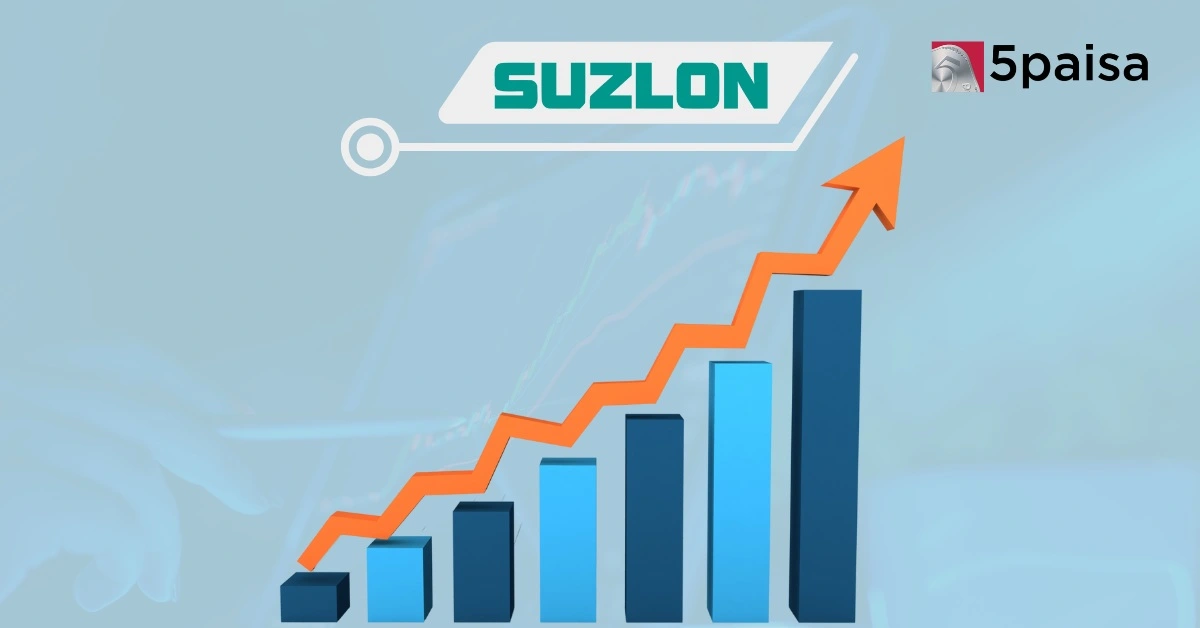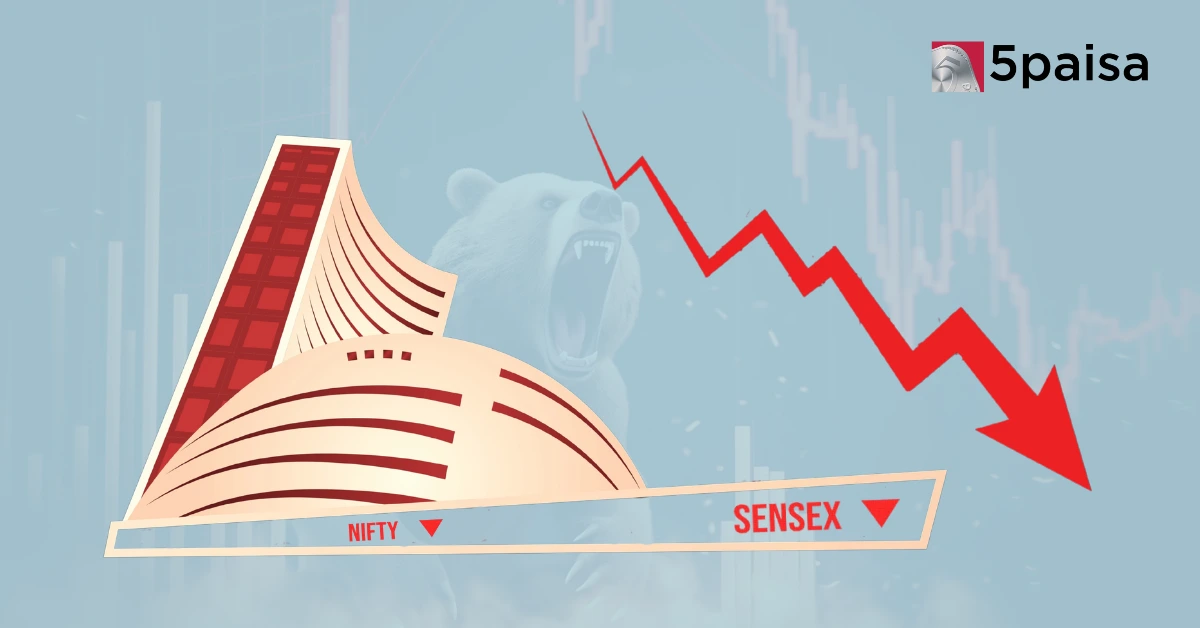iThe current values are delayed, open demat account for live values.
Nifty Next 50
Nifty Next 50 Performance
-
Open
63,770.80
-
High
64,419.30
-
Low
63,508.95
-
Prev Close
63,798.55
-
Dividend Yeild
1.15%
-
P/E
22.9
Nifty Next 50 Chart

Nifty Next 50 Sector Performance
Top Performing
| Sector Name | Percentage Change |
|---|---|
| Diamond, Gems and Jewellery | 0.91 |
| Leather | 3.41 |
| Ceramic Products | 1.49 |
| Healthcare | 1.4 |
Under Performing
| Sector Name | Percentage Change |
|---|---|
| IT - Hardware | -0.17 |
| Plywood Boards/Laminates | -0.48 |
| Power Infrastructure | -0.58 |
Color code for Stocks Performance
- 5% and above
- 5% to 2%
- 2% to 0.5%
- 0.5% to -0.5%
- -0.5% to -2%
- -2% to -5%
- -5% and below
Constituent Companies
| Company | Market Cap | Market Price | Volume | Sector |
|---|---|---|---|---|
| Bajaj Holdings & Investment Ltd | ₹133140 Cr |
₹12200
(1.1%)
|
91816 | Finance |
| Britannia Industries Ltd | ₹131347 Cr |
₹5393.2
(1.35%)
|
508019 | FMCG |
| CG Power & Industrial Solutions Ltd | ₹94698 Cr |
₹650.6
(0.21%)
|
4057416 | Capital Goods - Electrical Equipment |
| Ambuja Cements Ltd | ₹140300 Cr |
₹578.9
(0.31%)
|
2772494 | Cement |
| ABB India Ltd | ₹117990 Cr |
₹5629
(0.79%)
|
548899 | Capital Goods - Electrical Equipment |
Nifty Next 50
The Nifty Next 50, maintained by NSE Indices, serves as a vital benchmark for tracking the performance of the 50 largest companies that rank just below the Nifty 50 in market capitalization and liquidity. Introduced in 1997, this index represents approximately 10% of the free-float market capitalization of all stocks listed on the NSE, offering a unique opportunity to invest in emerging large-cap stocks poised for growth. These companies are often seen as the next in line to join the elite Nifty 50, making the Nifty Next 50 an essential indicator of future market leaders.
The index is calculated using a free-float market capitalization-weighted methodology and is reviewed semi-annually to ensure it remains representative of the most relevant companies. For investors seeking exposure to growth-oriented firms with lower volatility and a balanced risk profile, the Nifty Next 50 presents a compelling option.
What is the Nifty Next 50 Index?
The NIFTY Next 50 Index, maintained by NSE Indices, represents the next tier of liquid securities after the NIFTY 50. Comprising 50 companies, it accounts for about 10% of the free float market capitalization of all stocks listed on the NSE as of September 29, 2023.
The NIFTY Next 50, along with the NIFTY 50, forms the NIFTY 100, which includes the top 100 companies on the NSE based on market capitalization. Over the last six months ending September 2023, the index constituents represented approximately 11.2% of the total traded value on the NSE.
How is the Nifty Next 50 Index Value Calculated?
The NIFTY Next 50 Index is calculated using a precise methodology to ensure accuracy and market representativeness. The process begins with the establishment of a base period, typically set on a specific date like January 1, 2000, with a base value of 1000. The index uses a free-float market capitalization methodology, meaning that each stock's weight in the index is determined by its market capitalization, considering only the shares available for public trading.
The calculation involves several steps. First, the market capitalization of each stock is determined by multiplying its current market price by the number of tradable shares. A free-float factor is then applied to adjust for shares not available for trading, such as those held by promoters or government entities. The adjusted market capitalizations are then used to calculate each stock's weight in the index. Finally, the index value is derived by multiplying the base value by the cumulative product of the stock weightages, ensuring the index accurately reflects changes in the market value of its constituent stocks.
Nifty Next 50 Scrip Selection Criteria
The Nifty Next 50 companies are selected on the basis of the following criteria:
● The company must be India-based and listed on the National Stock Exchange. Even if it’s not listed, it should be permitted to trade under the National Stock Exchange.
● Nifty Next 50 includes 50 companies from Nifty 100 after excluding the ones included under Nifty 50.
● Companies need to have an average free-float market capitalization of at least 1.5 times the average free-float market capitalization rate of the smallest stock in the index.
● The cumulative weight of index constituents not allowed for trading in the F&O segment needs to be capped at 15% according to quarterly rebalance dates.
● The weightage of all non-F&O stocks under the index is capped at 4.5% according to the quarterly rebalance dates.
How does Nifty Next 50 work?
The Nifty Next 50 Index tracks the performance of 50 companies that rank just below the Nifty 50 in terms of market capitalization and liquidity. These companies are often referred to as the "next in line" to potentially join the Nifty 50, making this index an important indicator of emerging large-cap stocks in the Indian market.
The index operates using a free-float market capitalization-weighted methodology, meaning each company's weight in the index is determined by the value of its shares that are available for public trading. To calculate the index, the market capitalization of each stock is adjusted by a free-float factor, which excludes shares not available for trading, such as those held by promoters or the government.
The Nifty Next 50 is reviewed and rebalanced semi-annually to ensure it accurately reflects the most relevant companies within its scope. This regular updating process allows the index to maintain its focus on the next tier of leading companies, offering investors exposure to potentially high-growth opportunities just below the Nifty 50.
What are the Benefits of Investing in the Nifty Next 50?
The Nifty Next 50 offers the flavor of large-cap stocks without the risk of over-diversification. The Nifty Next 50 Index fund also offers many advantages, such as:
● The volatility of stocks is low.
● It offers a comparatively high appetite for risk.
● The Nifty Next 50 index has no full allocation to any single stock. As a result, Nifty Next 50 has a significant advantage over Nifty 50.
● The majority of the companies in the Nifty Next 50 index are growth-oriented.
What is the History of the Nifty Next 50?
The Nifty Next 50 Index was introduced by the National Stock Exchange (NSE) as a way to track the performance of the 50 largest companies that rank just below the Nifty 50 in terms of market capitalization. Launched in 1997, the index was created to provide investors with a benchmark for companies that are on the cusp of joining the elite Nifty 50, often considered the next generation of large-cap leaders in the Indian stock market.
The Nifty Next 50 has since become an important indicator for those looking to invest in emerging large-cap stocks with significant growth potential. Over the years, the index has gained popularity as many of its constituents have successfully transitioned into the Nifty 50, demonstrating strong performance and market leadership. Regular reviews and rebalancing ensure the index continues to accurately reflect the most promising companies just outside the top 50, making it a valuable tool for investors seeking to capture growth opportunities in the Indian market.
Other Indices
| Indices Name | Price | Price Change (% change) |
|---|---|---|
| India VIX | 15.4675 | -0.4 (-2.54%) |
| Nifty 10 Yr Benchmark G-Sec | 2559.65 | 3.69 (0.14%) |
| Nifty 10 Yr Benchmark G-Sec (Clean Price) | 913.85 | 1.16 (0.13%) |
| Nifty 100 | 24418.35 | 381.1 (1.59%) |
| Nifty 100 Alpha 30 Index | 16827.75 | 247.65 (1.49%) |
Faqs
How To Invest in Nifty Next 50 Stocks?
To invest in Nifty Next 50 stocks, start by opening a Demat and trading account. Once your account is set up, research the 50 companies listed in the Nifty Next 50 Index. You can then place buy orders for the stocks you're interested in through your trading account. Regularly monitor your investments to stay informed about market trends and adjust your portfolio as needed.
What are Nifty Next 50 stocks?
Nifty Next 50 stocks are the 50 companies ranked just below the Nifty 50 in terms of market capitalization and liquidity. These companies are part of the Nifty 100 index and are considered emerging large-cap stocks, often poised for growth and potential inclusion in the Nifty 50.
Can you trade shares on Nifty Next 50?
Yes, you can trade shares of companies listed in the Nifty Next 50 Index. These stocks are actively traded on the National Stock Exchange (NSE), and you can buy or sell them during market hours through a Demat and trading account, just like any other listed stocks.
In which year was the Nifty Next 50 Index launched?
The Nifty Next 50 Index was launched in 1997 by the National Stock Exchange (NSE) to track the performance of the 50 largest companies just below the Nifty 50.
Can we buy Nifty Next 50 and sell it tomorrow?
Yes, you can buy shares of companies listed in the Nifty Next 50 Index and sell them the next day. It can be done through a Demat and trading account during market hours.
Latest News

- Apr 21, 2025
In a notable shift during the March 2025 quarter, foreign institutional investors (FIIs) have reduced their exposure to large-cap stocks, redirecting their investments towards public sector undertakings (PSUs) and smallercap companies. This strategic realignment reflects a growing preference for undervalued and domestically focused assets amidst global economic uncertainties.

- Apr 21, 2025
Following the Ministry of New and Renewable Energy's (MNRE) proposal for local manufacture of major wind turbine components, sources in Moneycontrol have reported that shares of Suzlon Energy and Inox Wind, prominent Indian wind turbine manufacturers, were surging on Monday. This move encourages domestic manufacturing and reduces dependency on other countries for imports.
Latest Blogs
Choosing the right Systematic Investment Plan (SIP) is one of the smartest ways to build long-term wealth, but with countless options available, how do you know which SIP is best for you? The right SIP plan aligns with your financial goals, risk appetite, and investment horizon while offering optimal returns.
- Apr 27, 2025

Stock Market Outlook for April 22: Muted Start: Gift Nifty is trading marginally lower at 24,113.5, hinting at a possible flat-to-negative opening for the Indian markets after a strong rally in the previous session. Global Sentiment Mixed: European markets ended the day on a subdued note with indices like DAX (-0.49%) and CAC 40 (-0.60%) closing in the red.
- Apr 21, 2025

